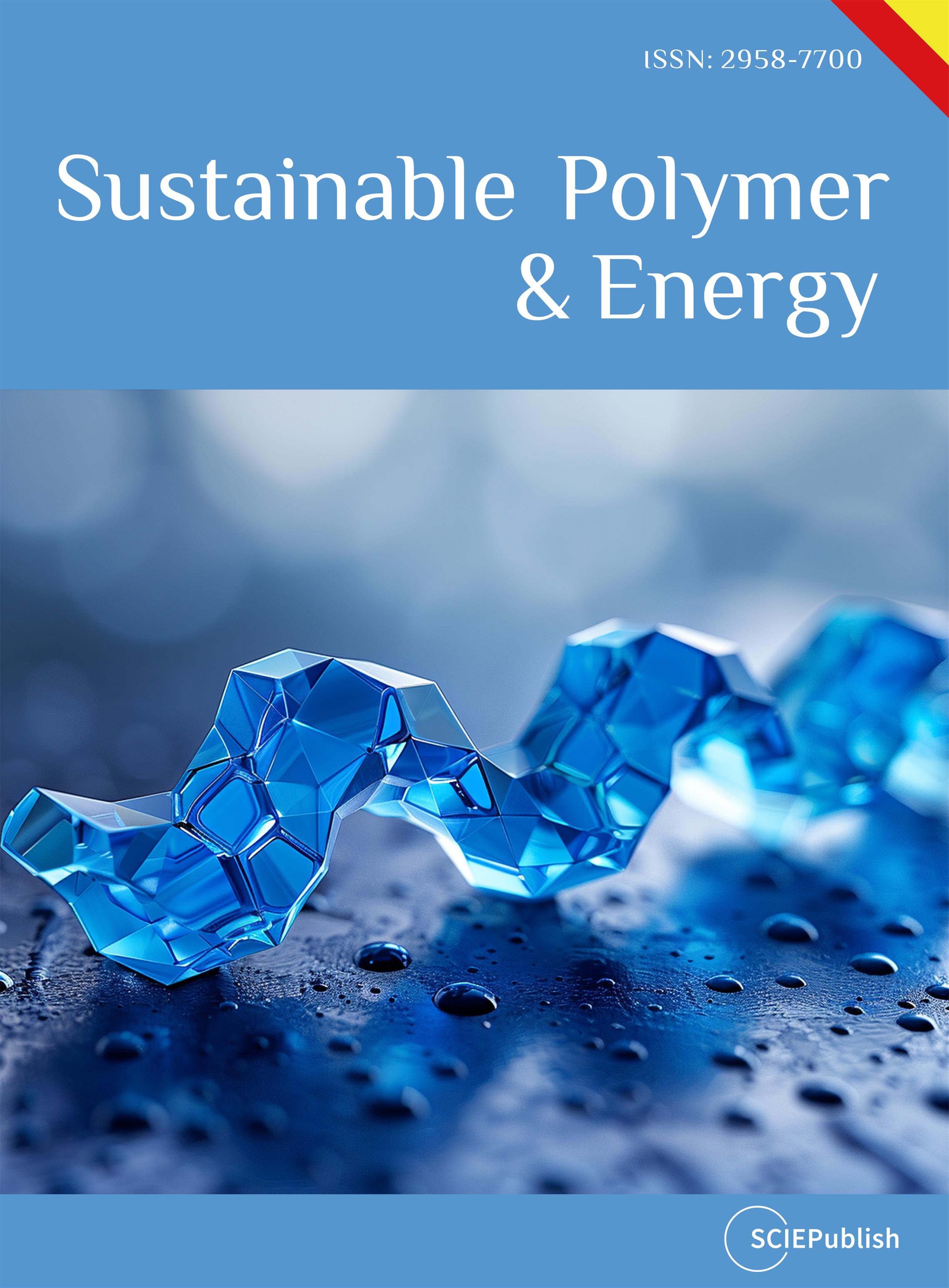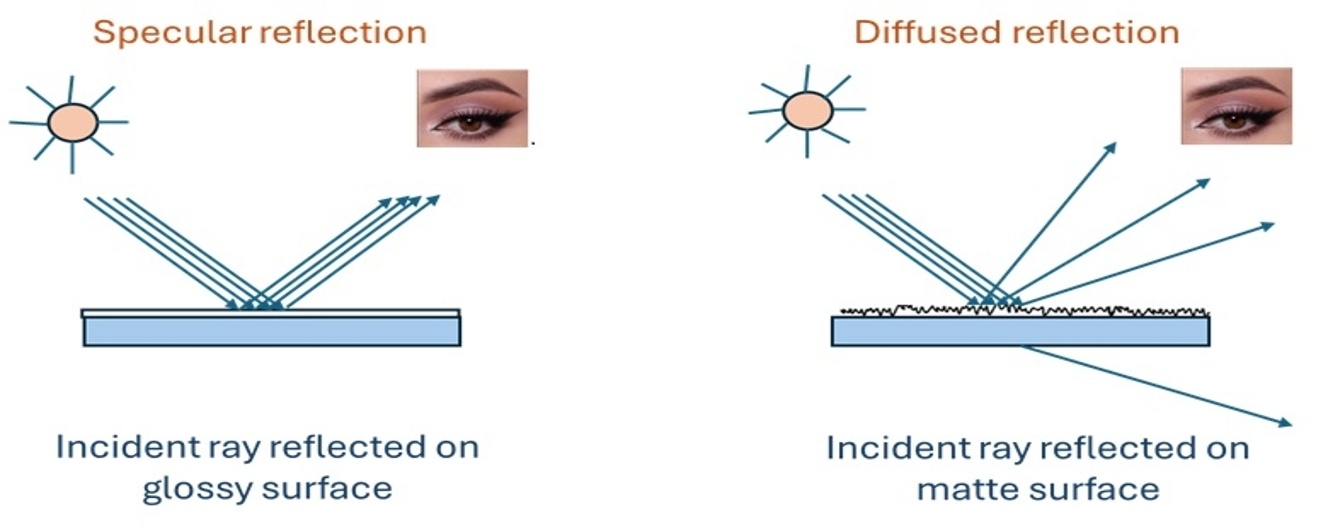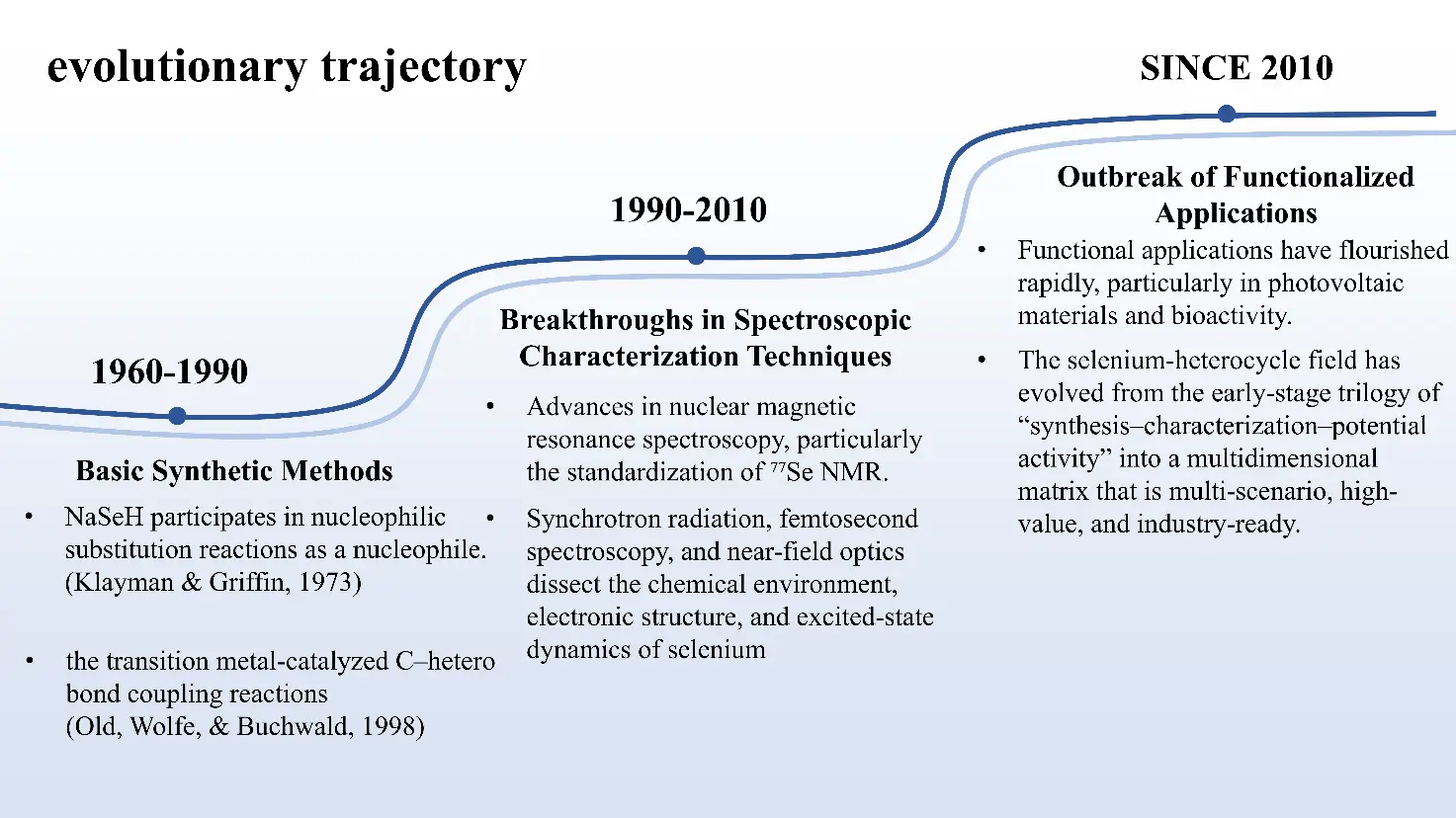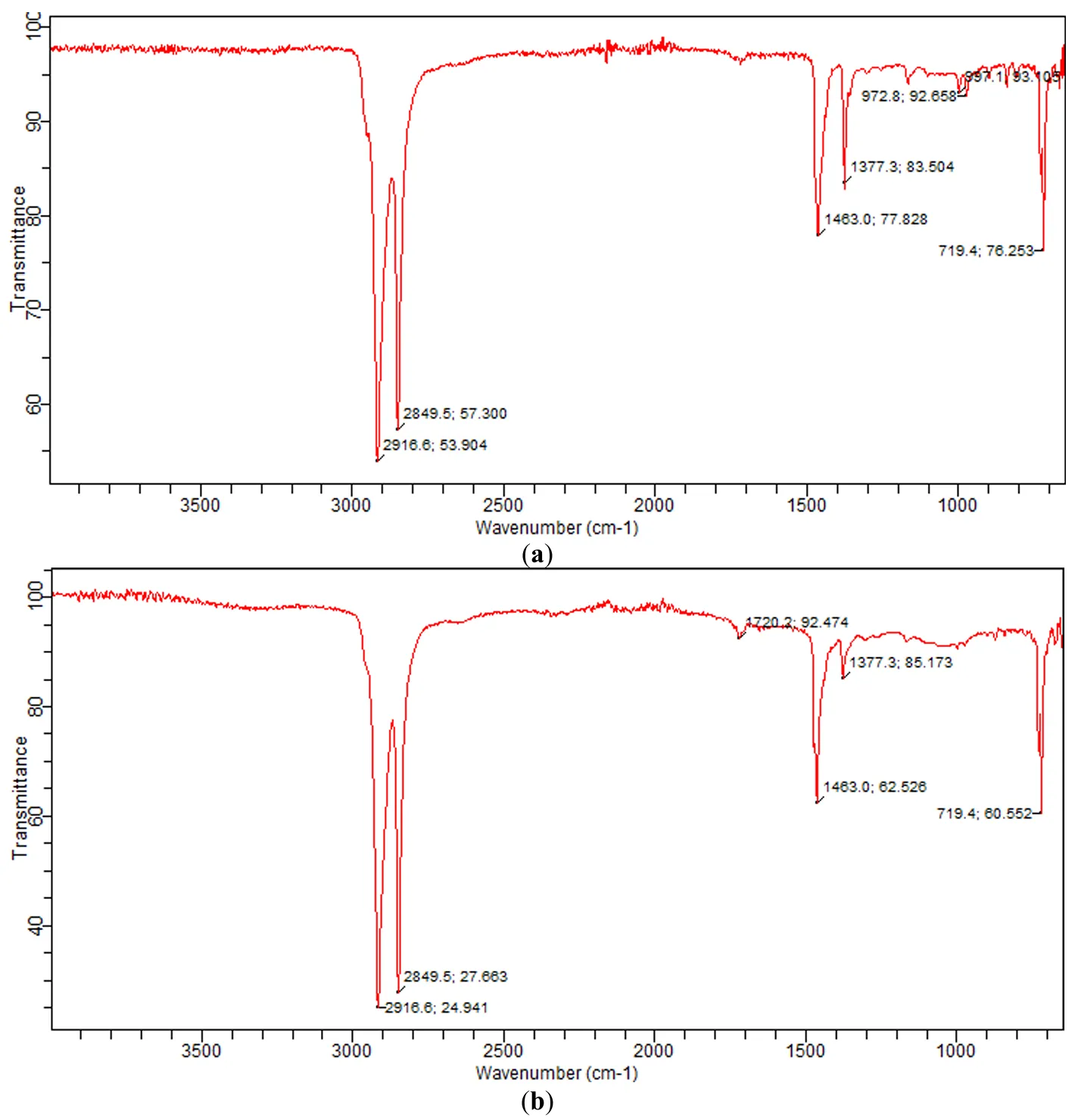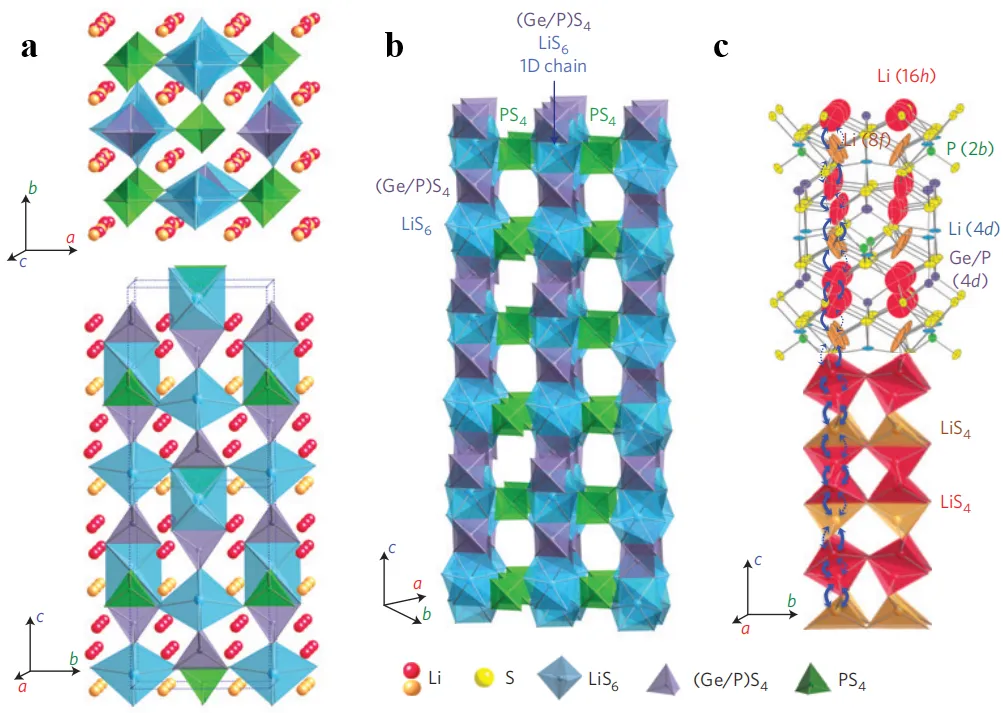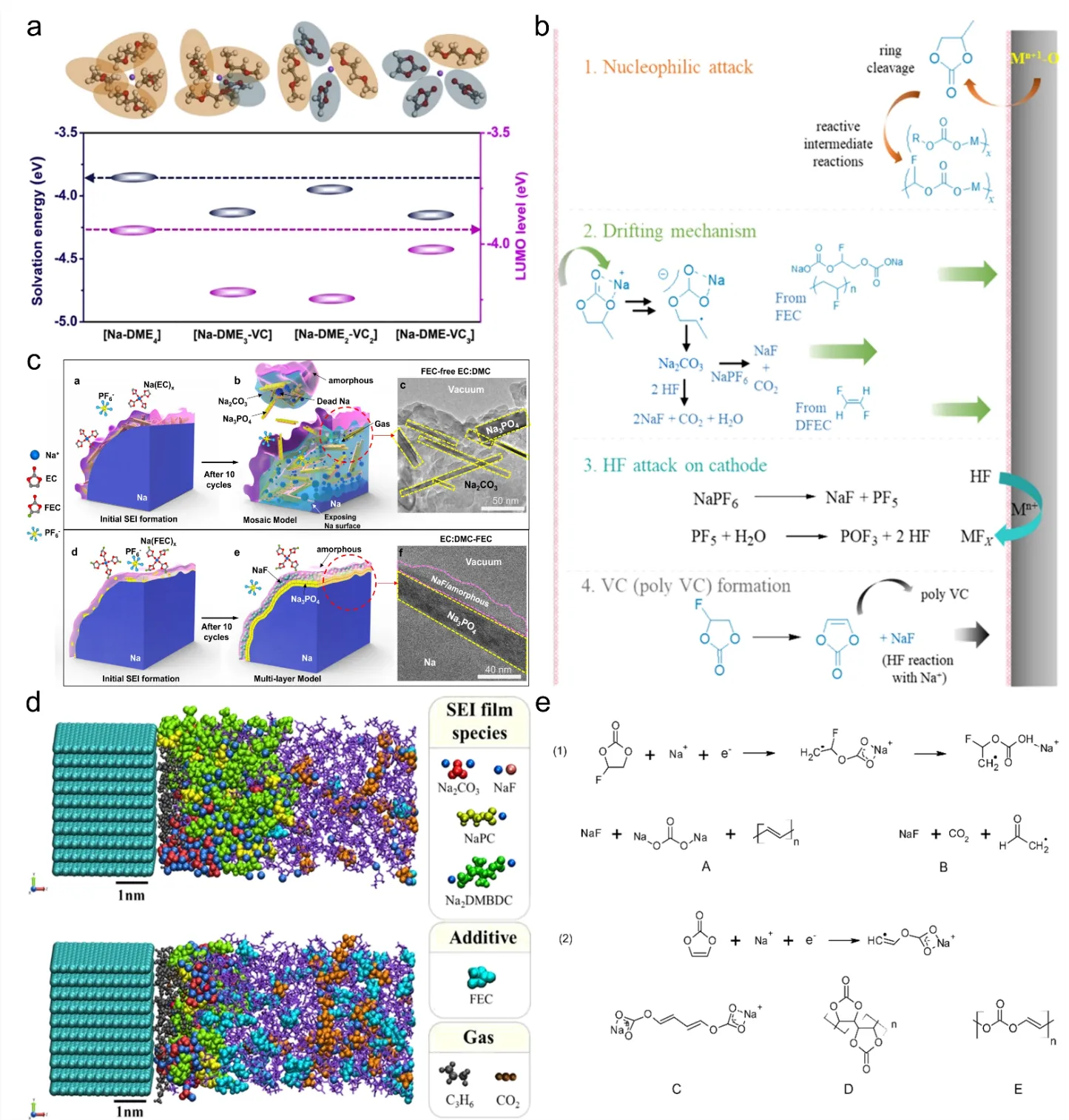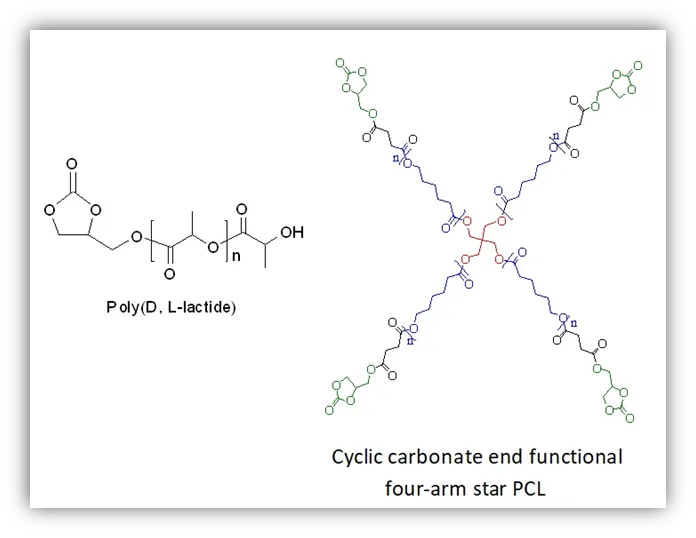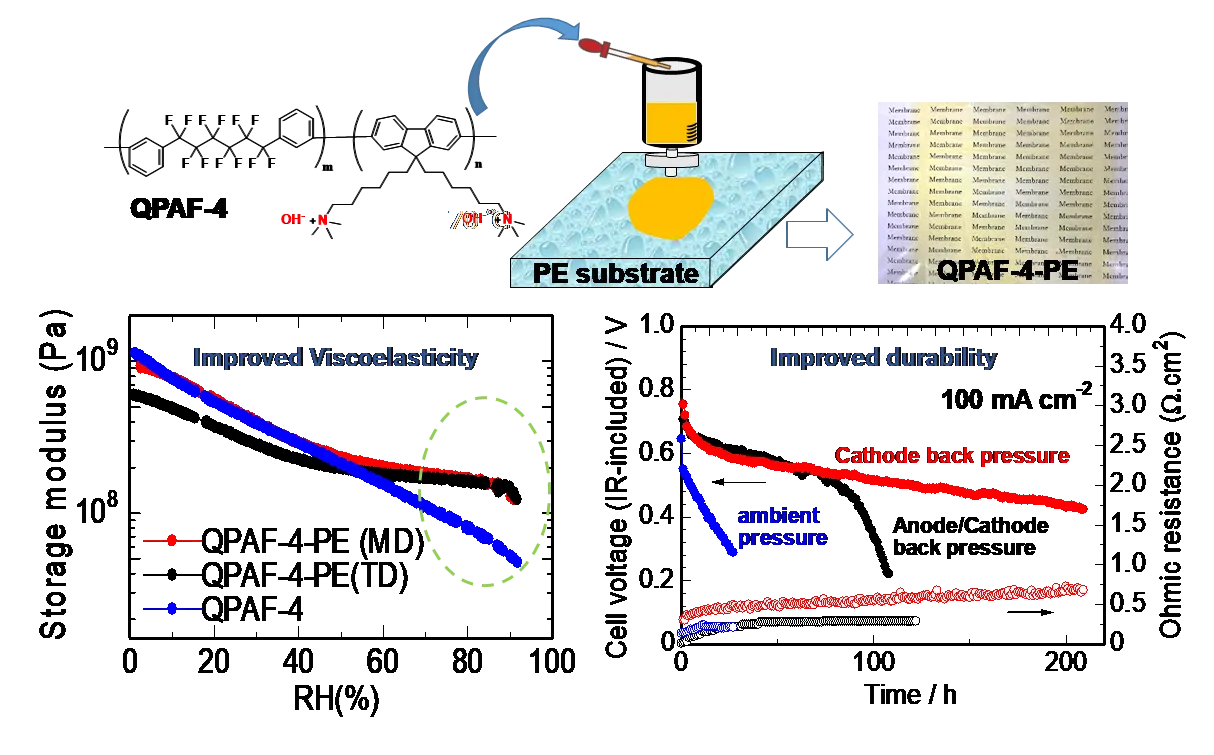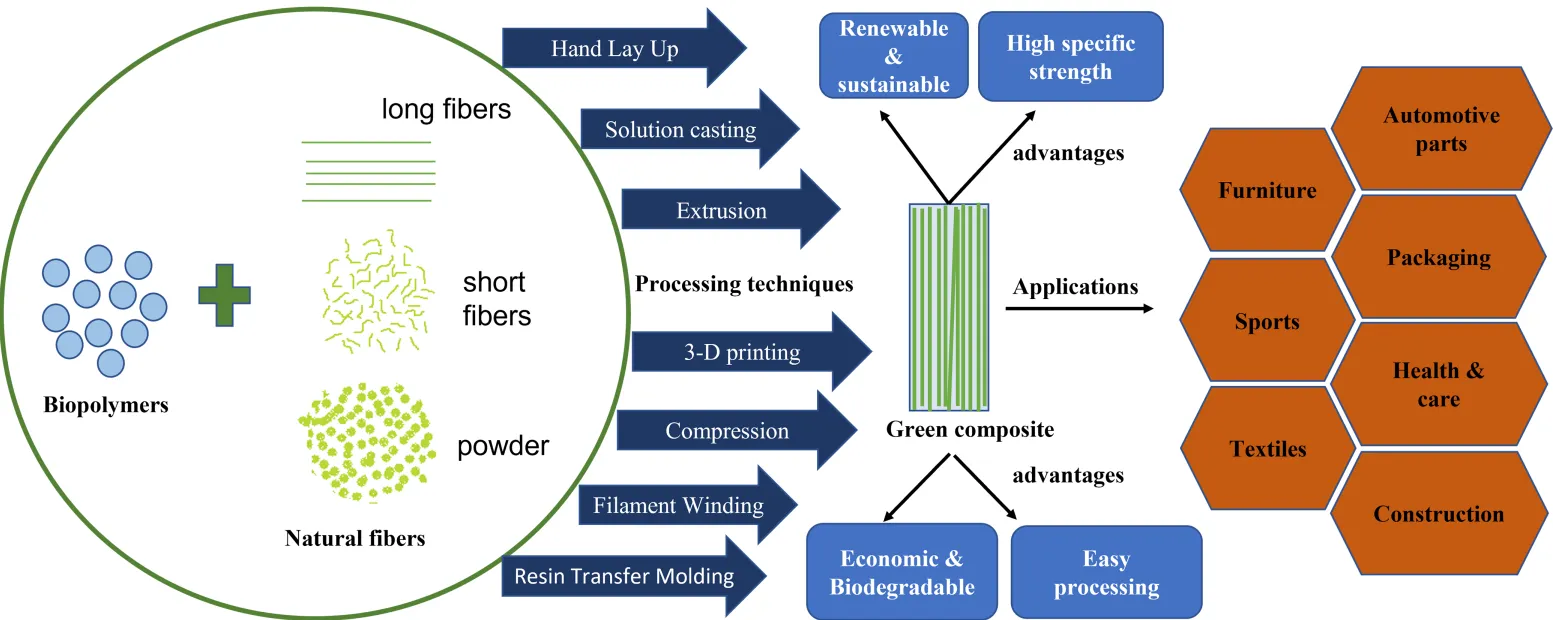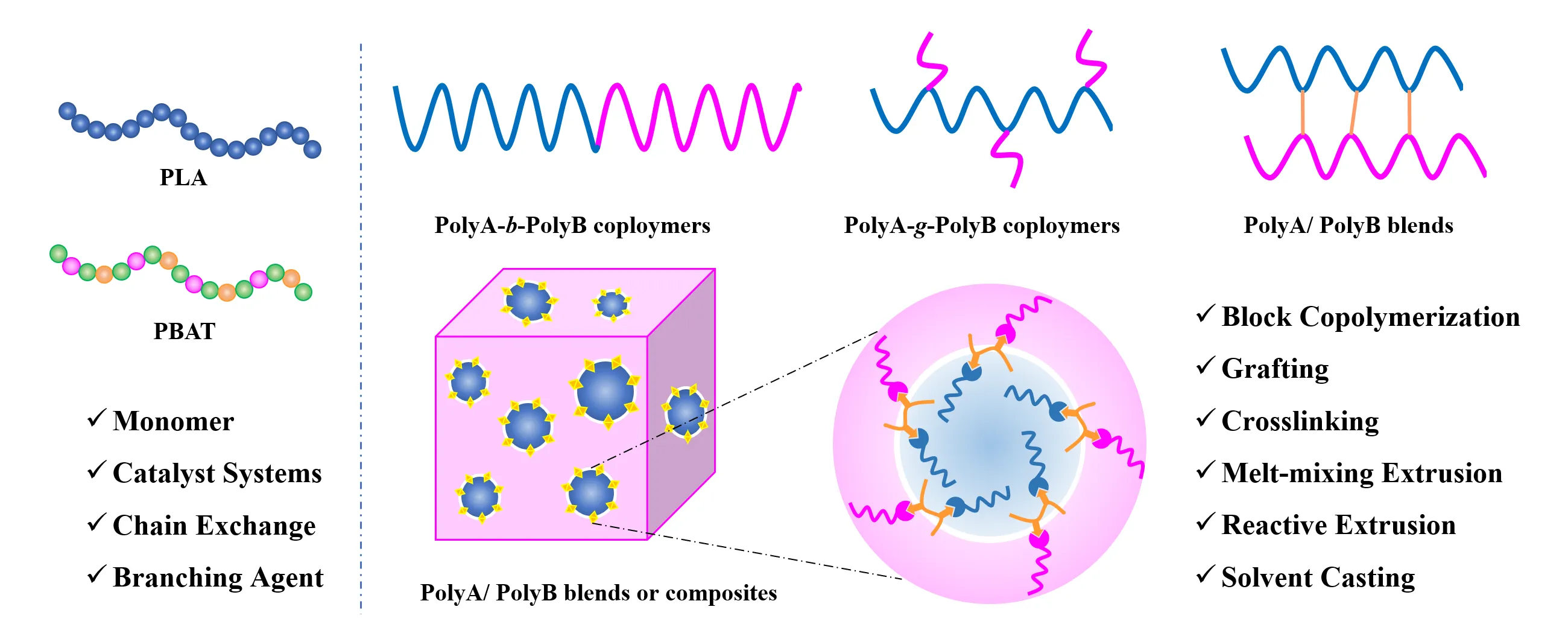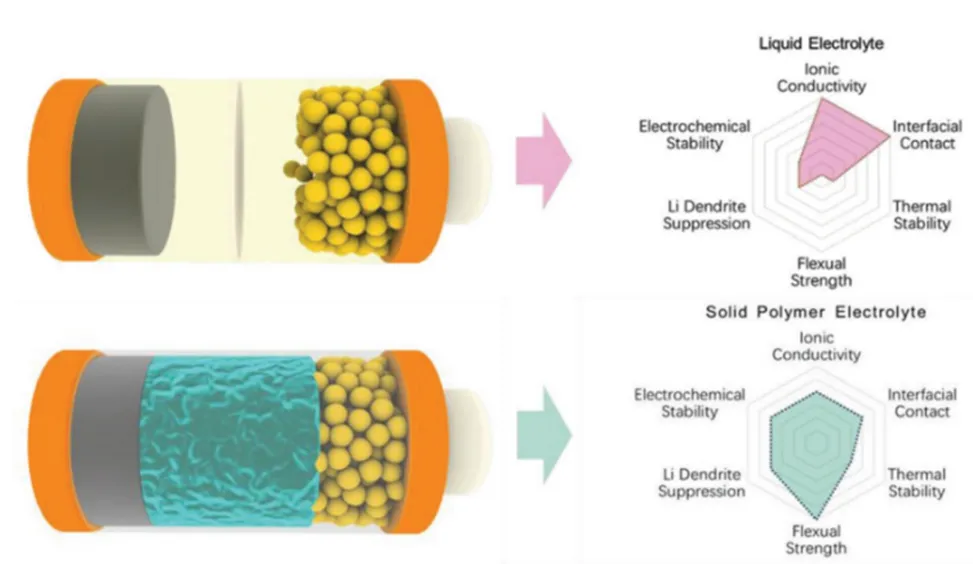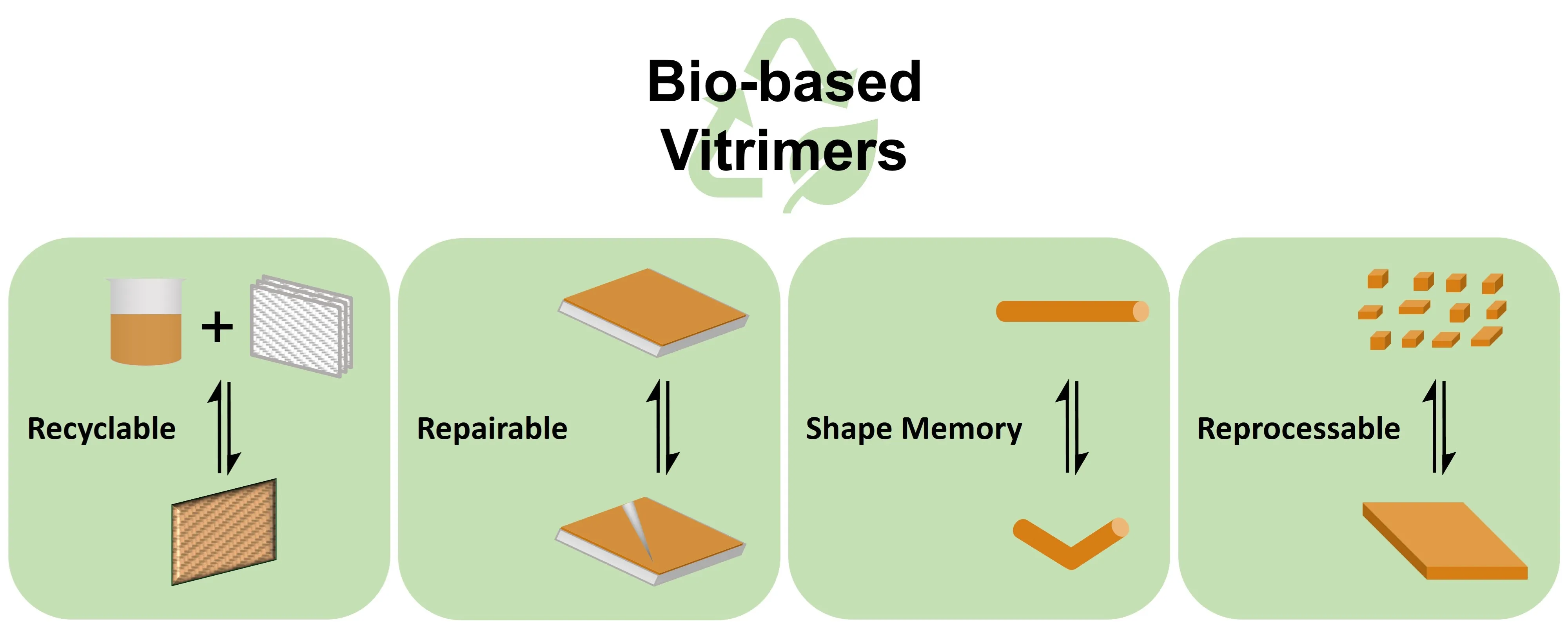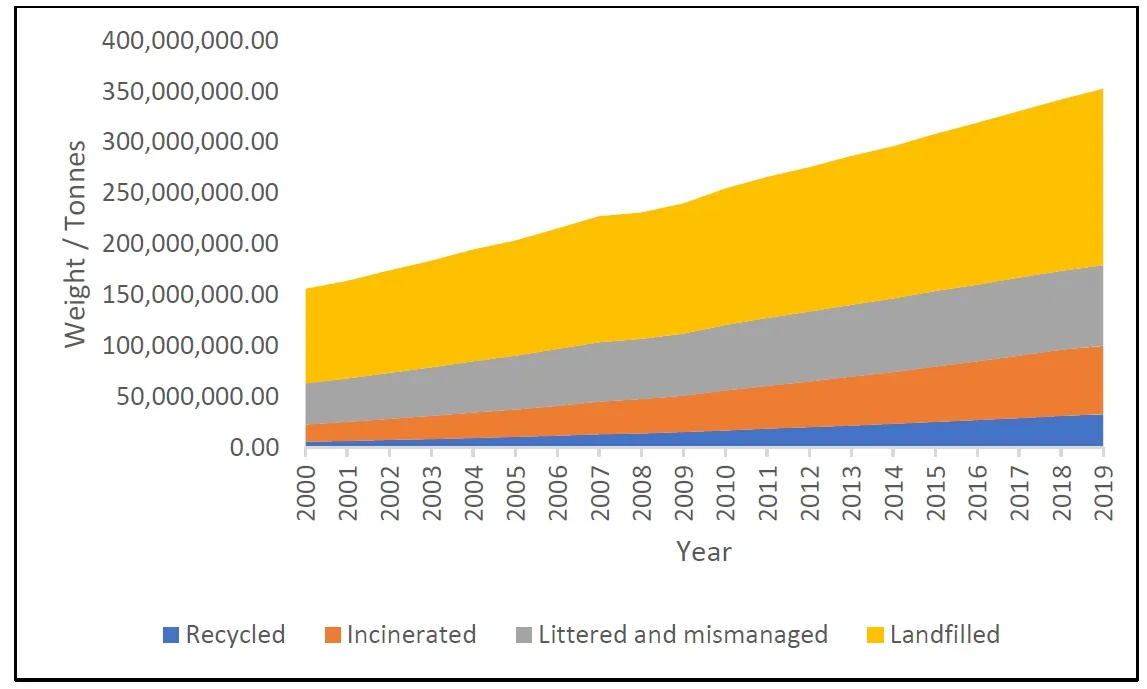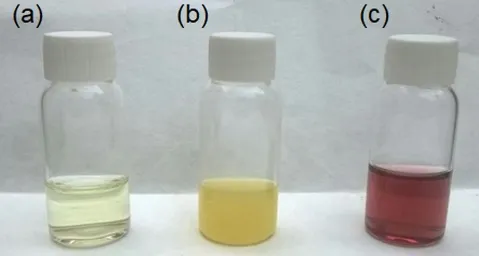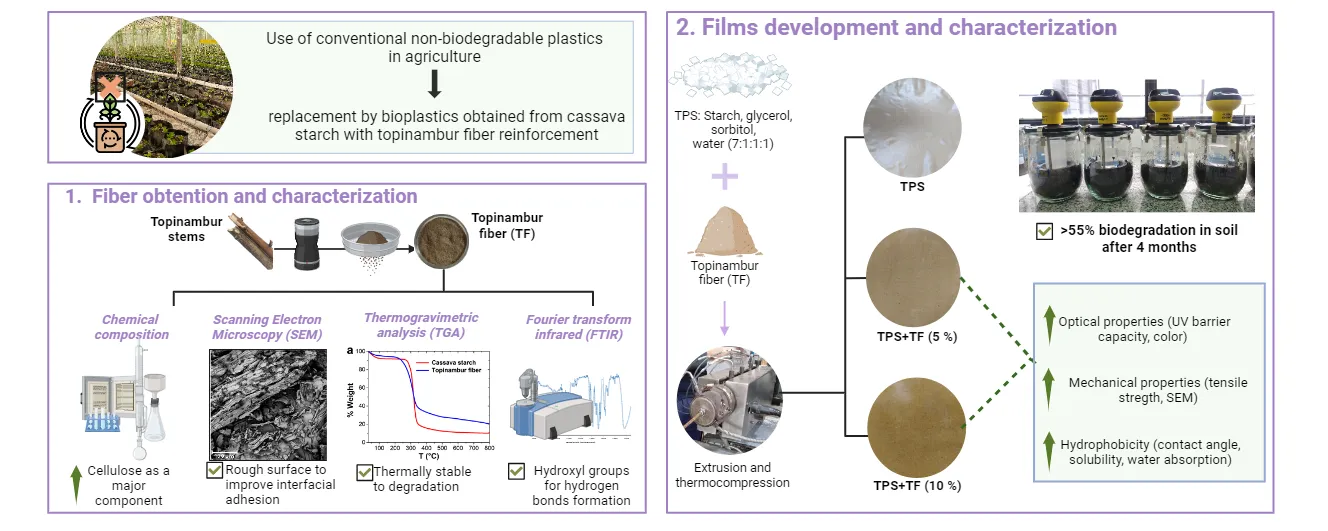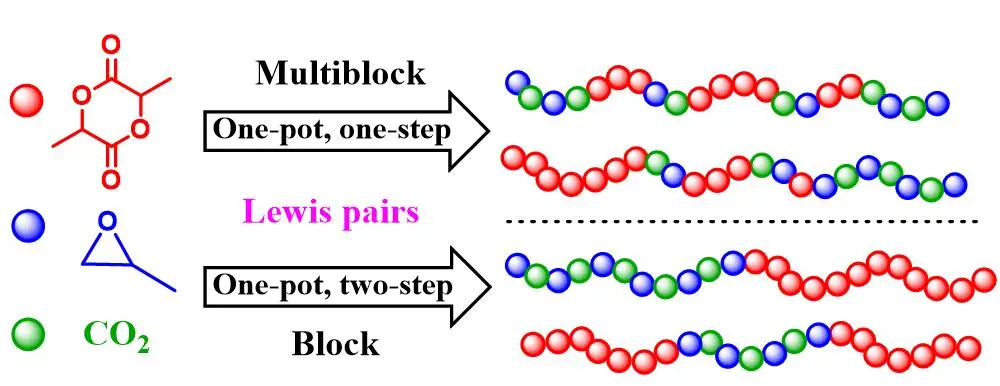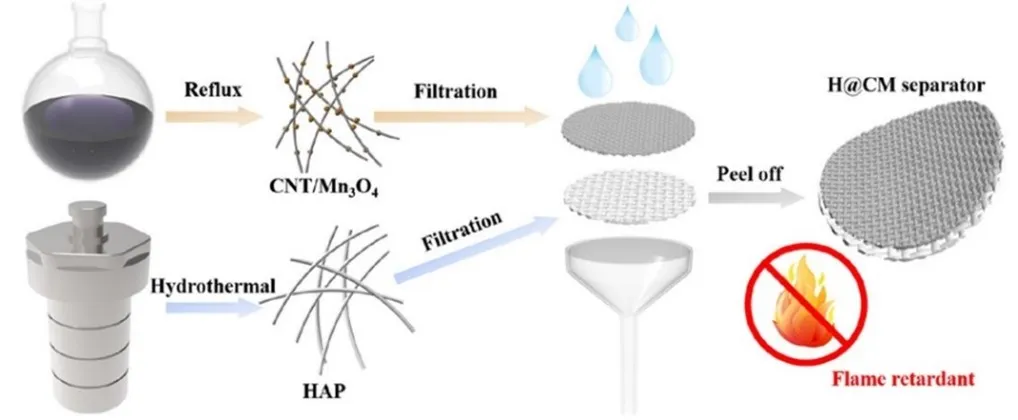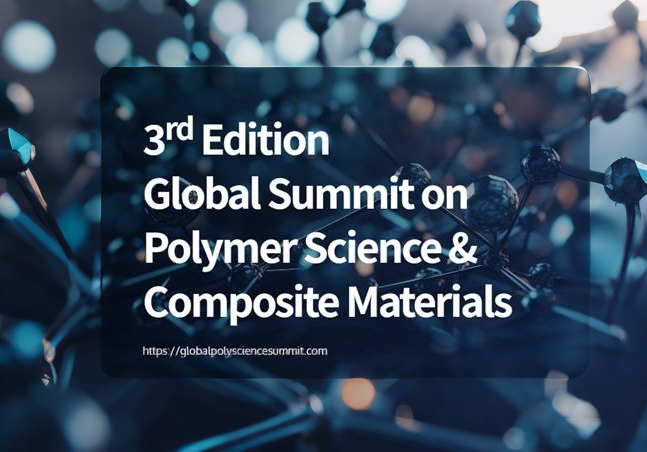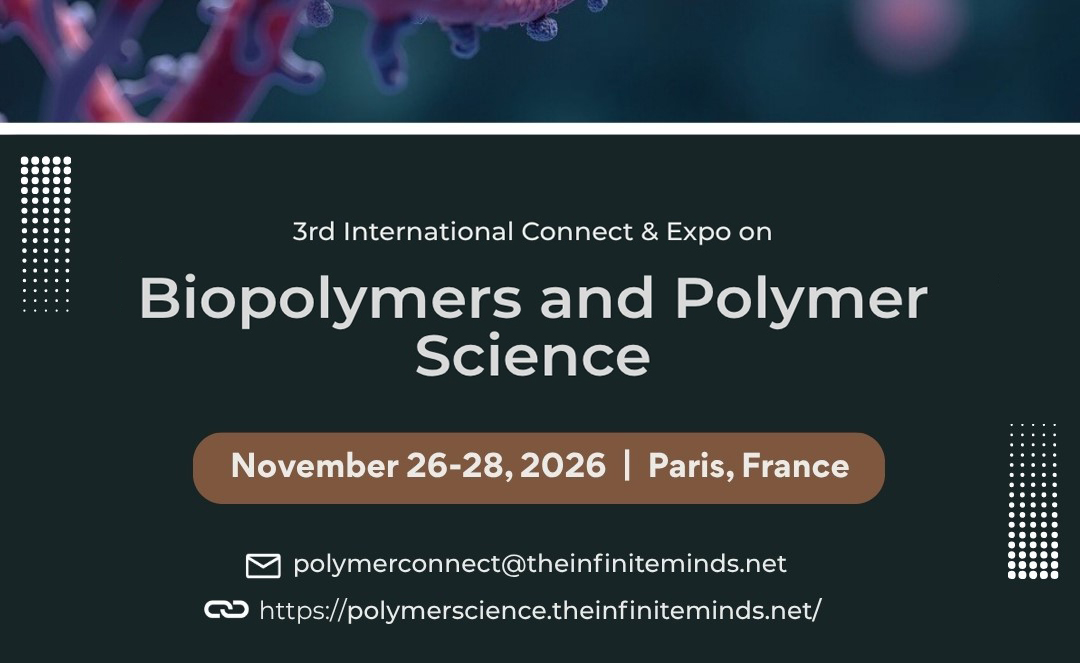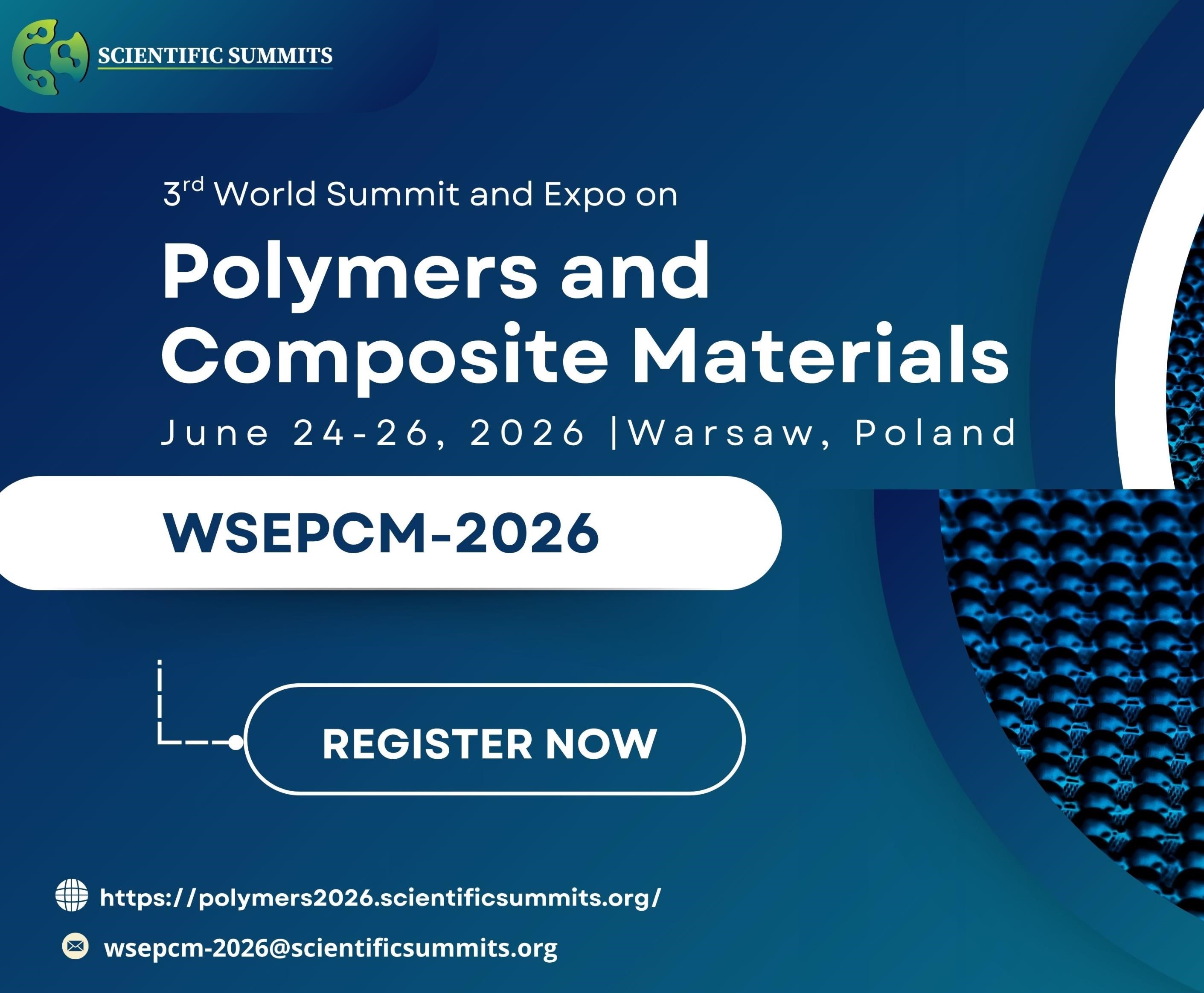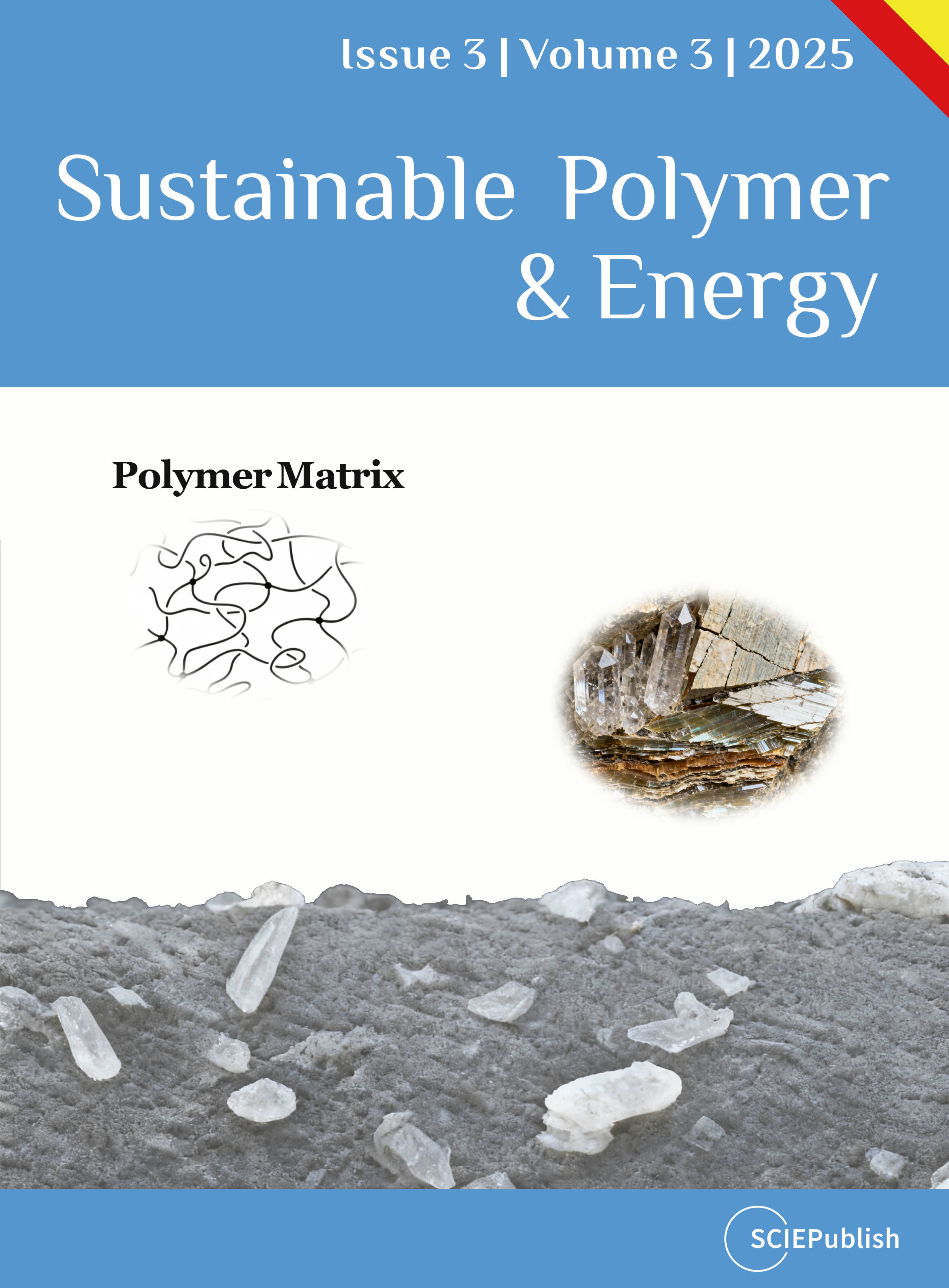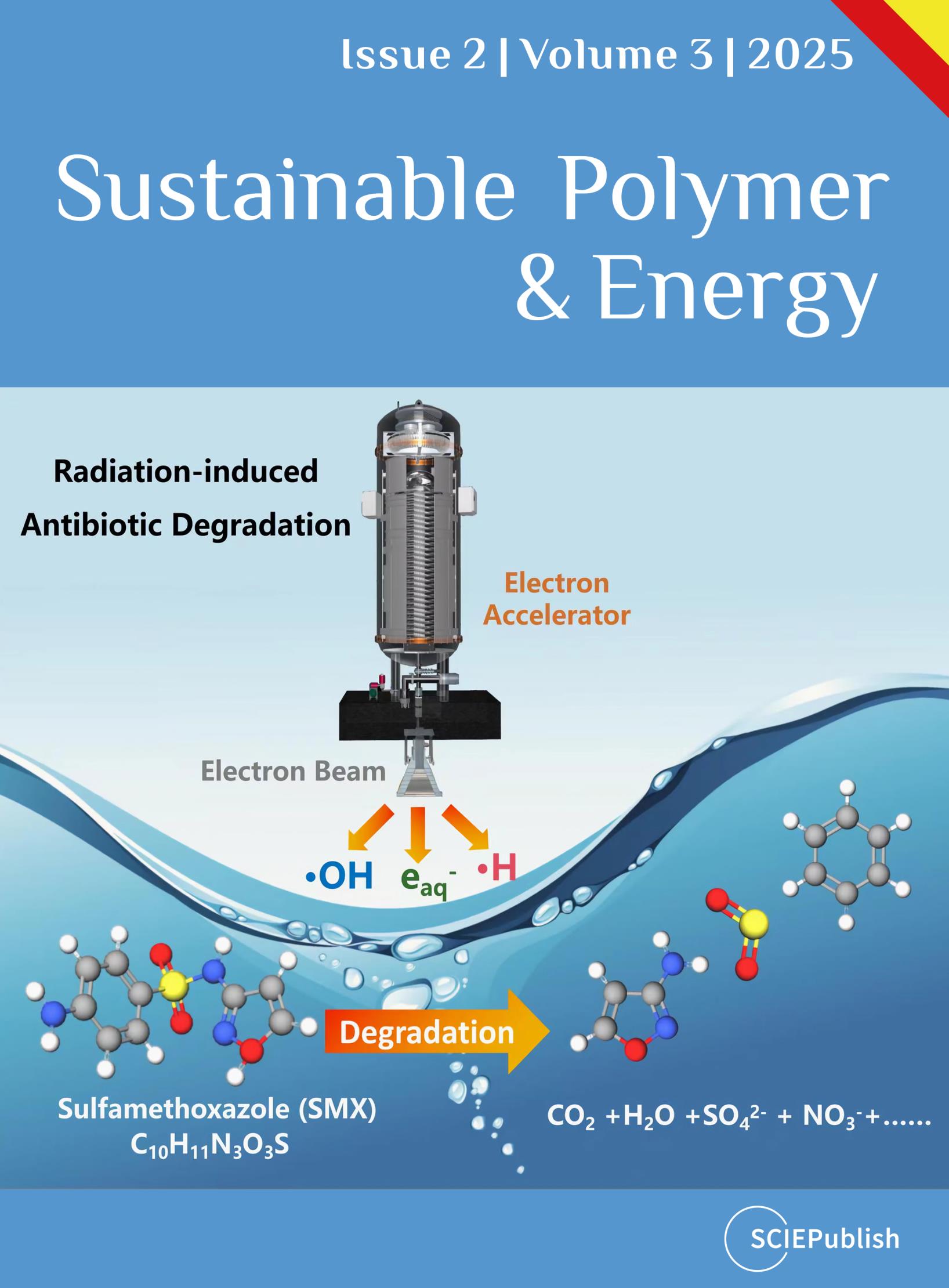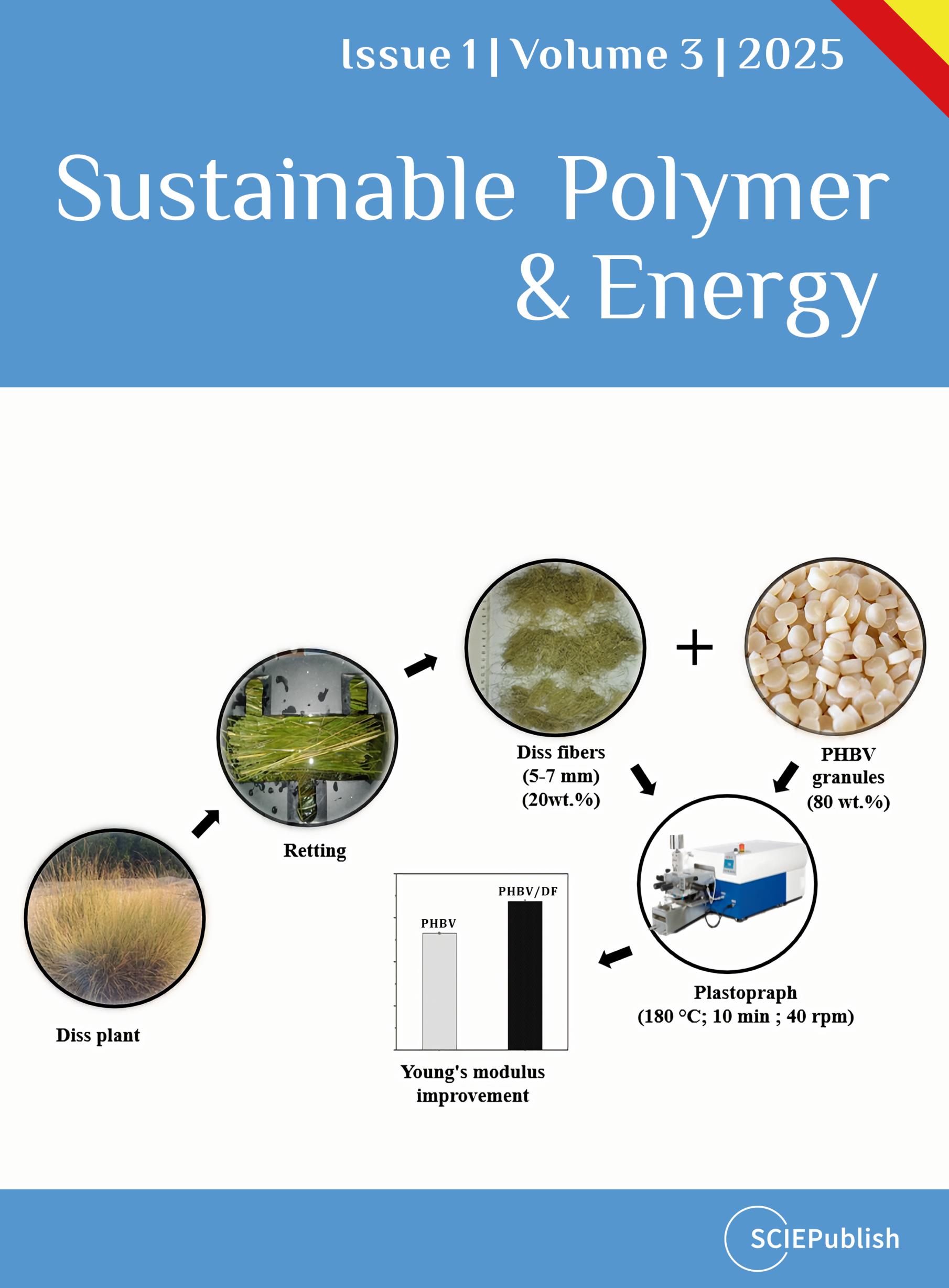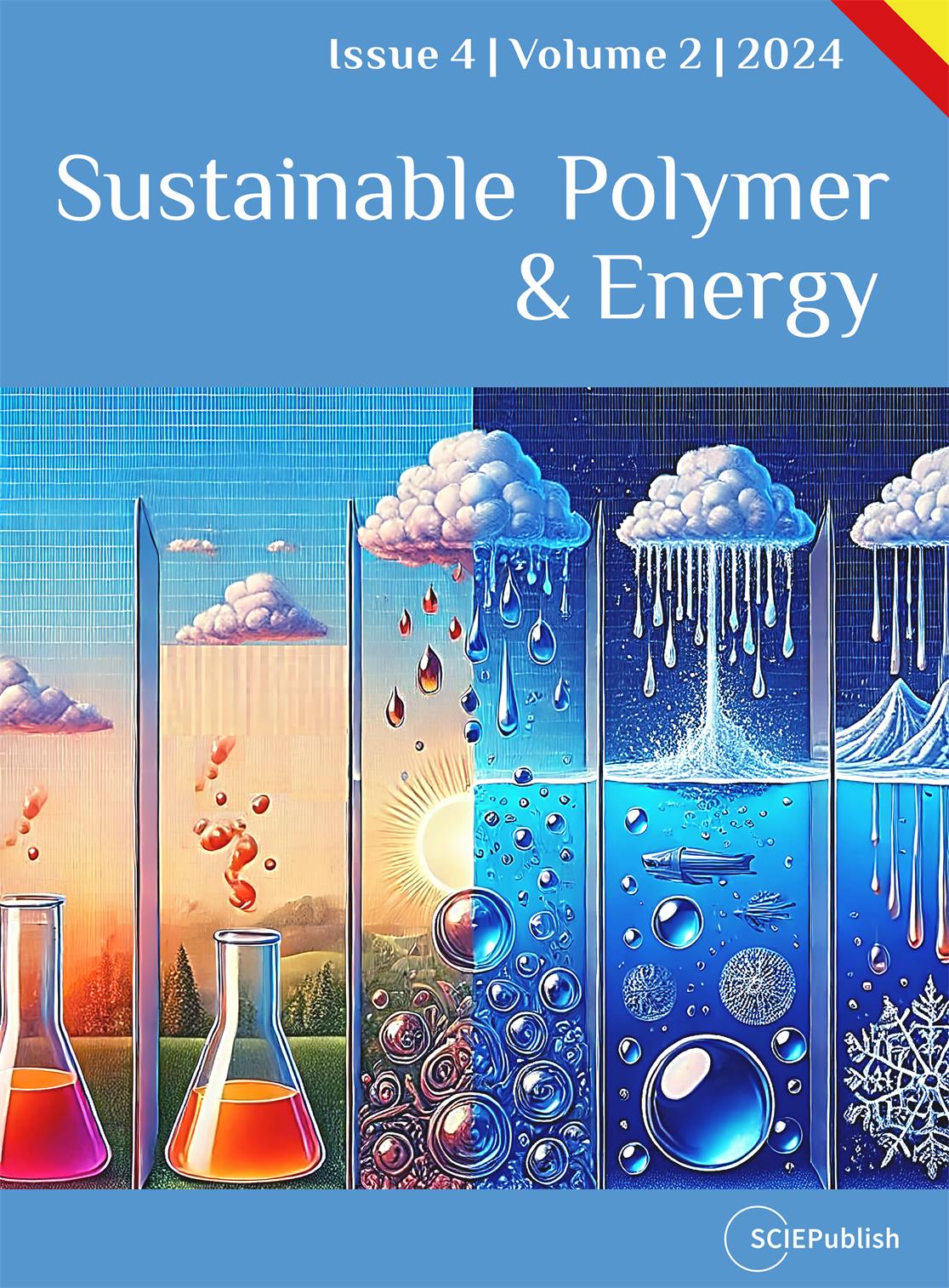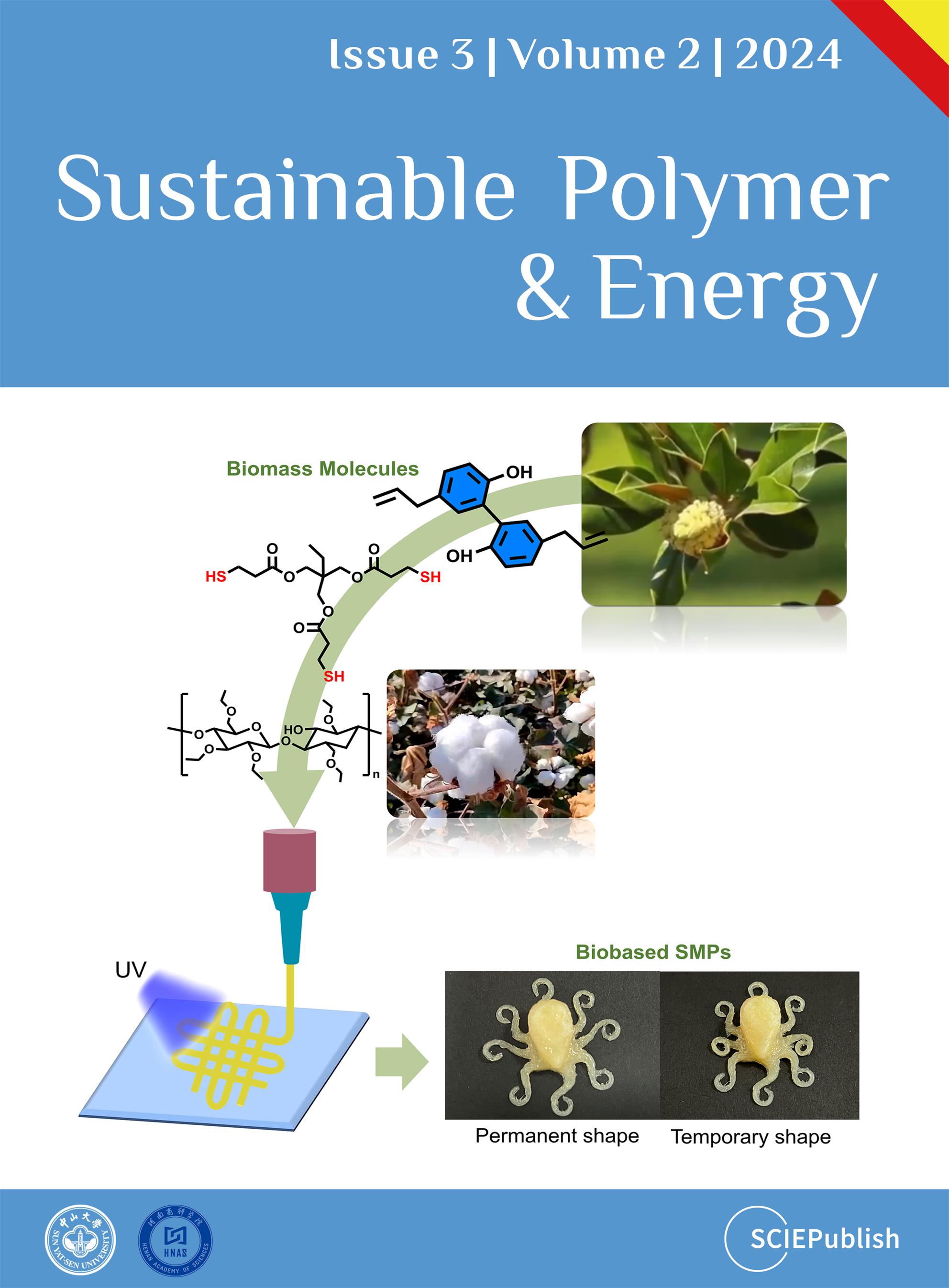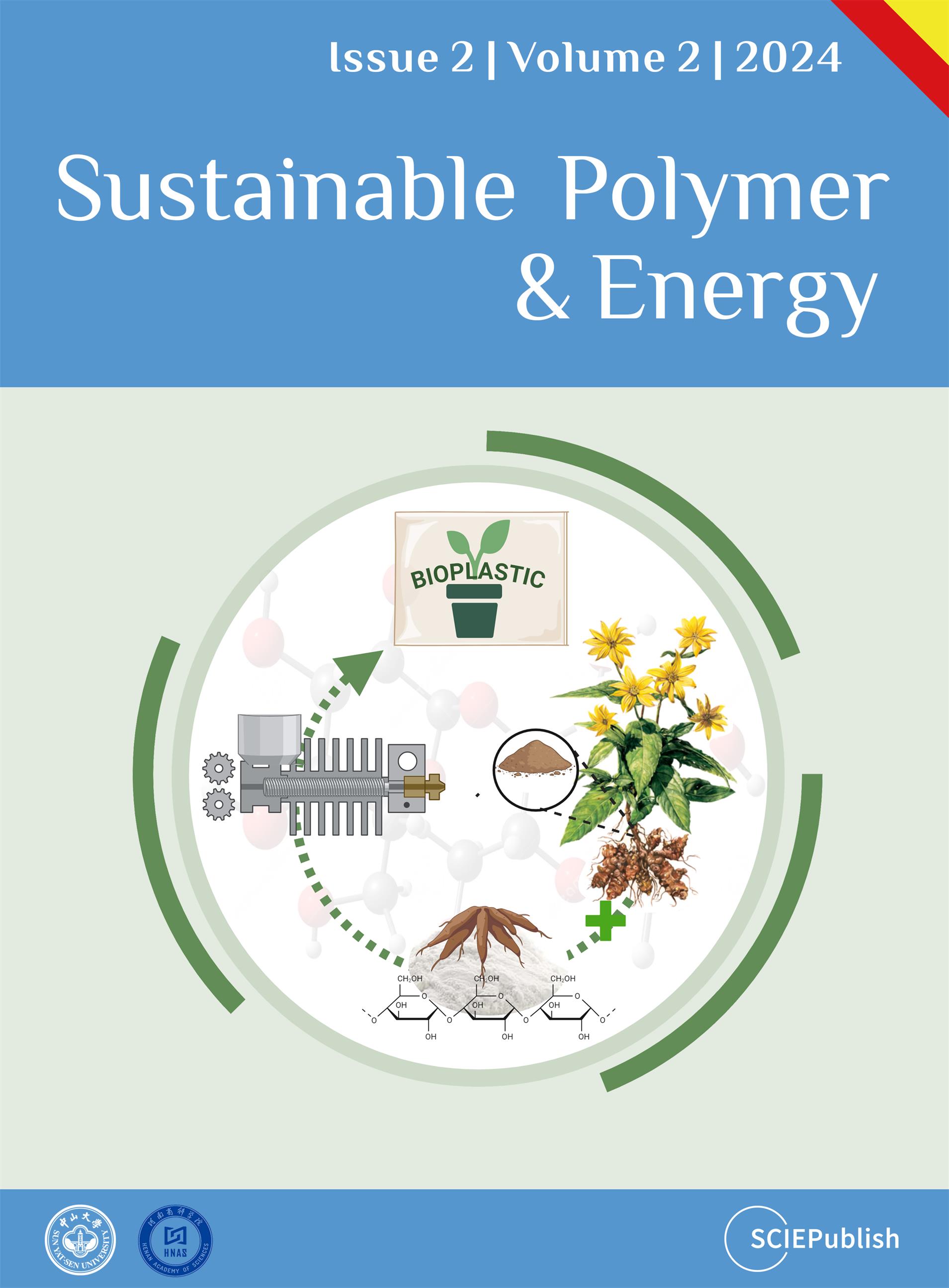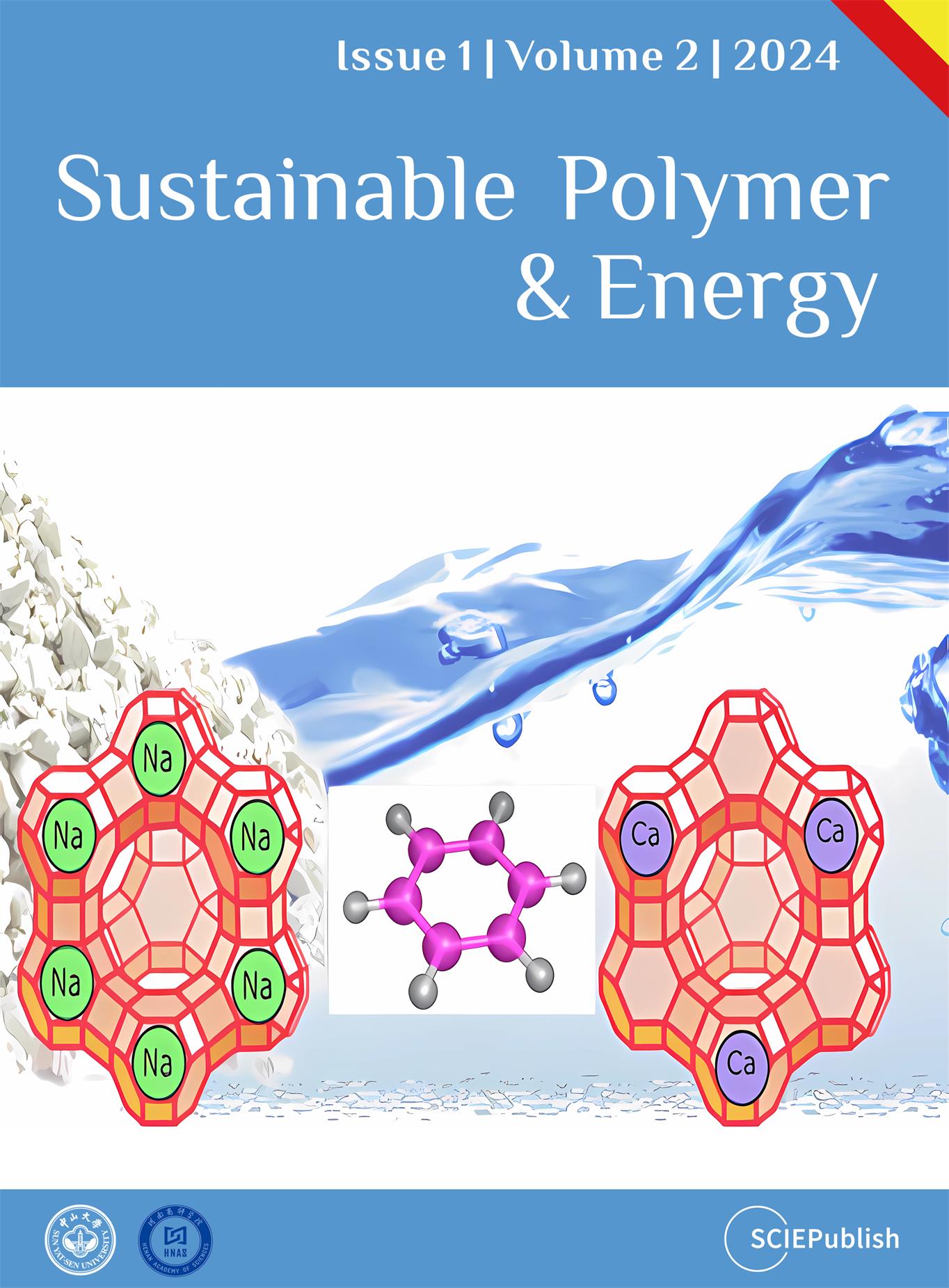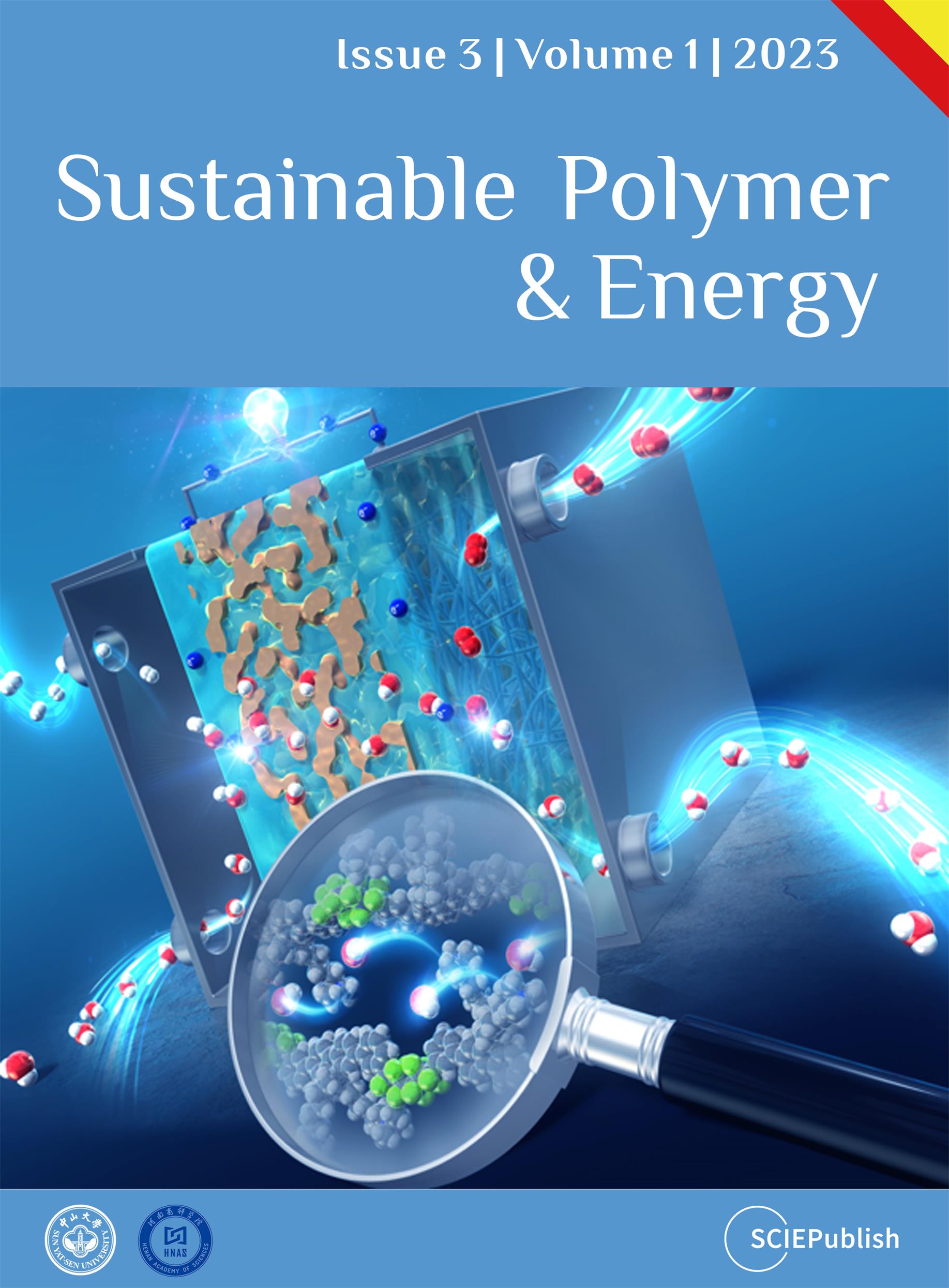Biodegradable plastics are a potential sustainable
alternative to conventional petrochemical-based non-degradable plastics. Due to
their lightweight, flexibility, durability, versatile applications, chemical
inertness, electrical and heat insulation, and conductivity, plastics have
become an essential material for many industries, with annual production
currently exceeding 450 million tons. However, these materials are
non-biodegradable, leading to detrimental consequences such as the formation of
microplastics from improper disposal and the generation of toxic gases,
including furans, dioxins, mercury, and polychlorinated biphenyls, from burning
plastic waste. This results in environmental pollution, affecting land, water
bodies, and the atmosphere. In response, studies where the focus has been on
creating bio-degradable polymers such as polylactic acid, polyhydroxy
alkanoates, Polycaprolactone, Poly(butylene
adipate-co-terephthalate), and Polybutylene succinate, which were extracted
from renewable resources or chemically modified as biodegradable polymers.
Biodegradable polymers exhibit a wide range of properties and can now be
modified to be used in various applications suitable for substituting some conventional plastic
products. Thus, the article highlights the critical issue of environmental
pollution caused by non-biodegradable plastics and provides a comprehensive
overview of the synthesis processes, properties, novel applications, and
challenges associated with the use of biodegradable plastics.utf-8
 Open Access
Open Access
